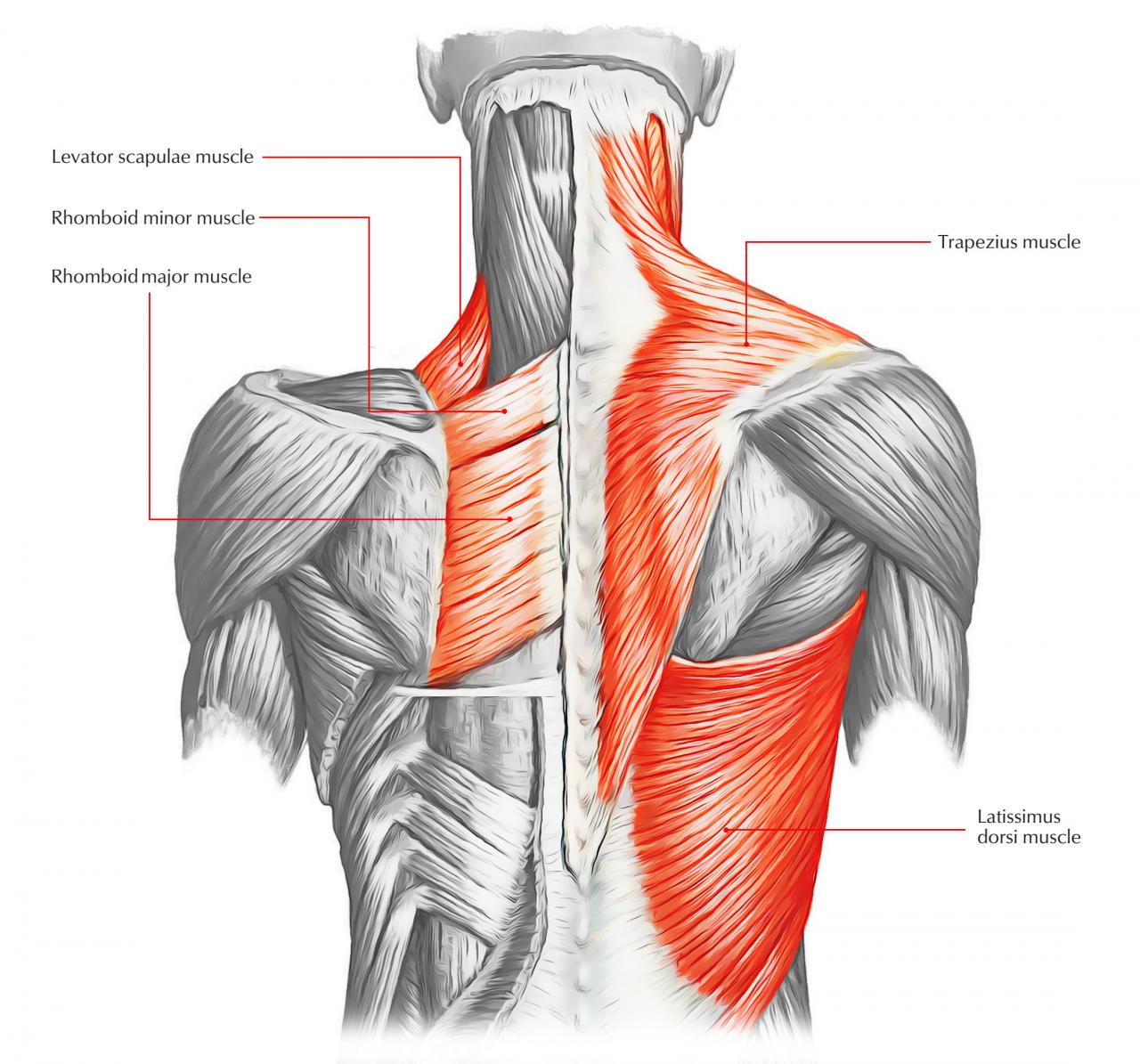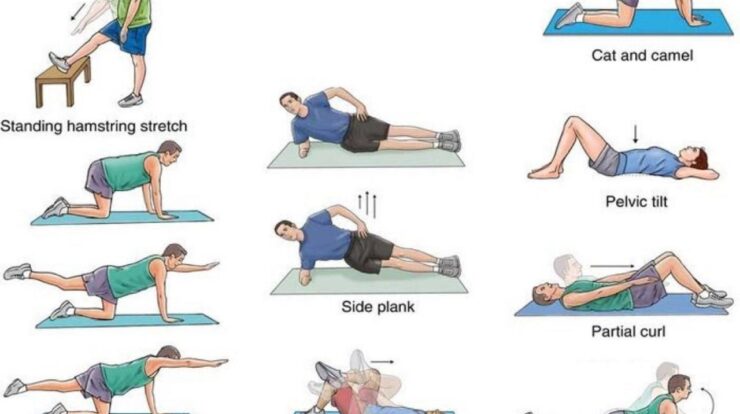
Back muscles, the unsung heroes of our bodies, play a pivotal role in our posture, movement, and overall well-being. From the intricate network of muscles that support our spine to the powerful muscles that enable us to lift and twist, back muscles are essential for our daily functioning.
To ensure inclusivity, happy mothers day wishes for all moms offers a diverse range of messages that resonate with all mothers. For those seeking to express their love in Vietnamese, happy mother’s day in vietnamese provides an array of culturally relevant greetings.
Additionally, for those who wish to honor their mothers who have passed away, happy heavenly mother’s day mom offers a touching collection of messages to express their love and remembrance.
This comprehensive guide delves into the anatomy, functions, common injuries, and therapeutic approaches related to back muscles, empowering you with knowledge to maintain a healthy and pain-free back.
Mother’s Day is a special occasion celebrated around the world to honor mothers and their unconditional love. To express gratitude, many individuals seek out unique ways to convey their heartfelt messages. For those looking for meaningful greetings, happy mother’s day greetings offer a plethora of options.
Moreover, for those who wish to express their appreciation in German, happy mother’s day in german provides a comprehensive collection of heartfelt expressions.
Anatomy of Back Muscles

The back muscles are a complex and interconnected system of muscles that provide support, mobility, and protection to the spine and thorax. They can be broadly classified into two groups: the superficial back muscles and the deep back muscles.
The superficial back muscles include the trapezius, latissimus dorsi, and rhomboids. These muscles are responsible for shoulder movements, such as shrugging, adduction, and extension. They also play a role in maintaining posture and stabilizing the spine.
The deep back muscles include the erector spinae, multifidus, and rotatores. These muscles are responsible for extending and rotating the spine. They also help to maintain spinal stability and prevent excessive flexion or extension.
The back muscles are innervated by the spinal nerves and receive blood supply from the dorsal aorta and its branches.
Functions of Back Muscles

The back muscles play a crucial role in various movements and functions of the body. Their primary functions include:
- Spinal support and stability:The back muscles help to maintain the natural curvature of the spine and prevent excessive flexion or extension. They also provide stability to the spine during movements such as bending, twisting, and lifting.
- Posture:The back muscles help to maintain an upright posture by supporting the spine and keeping the body balanced. Weak back muscles can lead to poor posture, which can cause pain and discomfort.
- Movement:The back muscles are involved in a wide range of movements, including bending, twisting, and extending the spine. They also assist in shoulder movements and help to stabilize the shoulder joint.
- Breathing:The back muscles, particularly the diaphragm, play a role in breathing. The diaphragm contracts and relaxes to draw air into the lungs and expel it.
Common Back Muscle Injuries
Back muscle injuries are common and can range from mild strains to severe tears. The most common causes of back muscle injuries include:
- Overuse:Repetitive or strenuous activities that involve the back muscles can lead to overuse injuries, such as strains and sprains.
- Poor posture:Maintaining poor posture for prolonged periods can strain the back muscles and make them more susceptible to injury.
- Trauma:Back muscle injuries can also occur due to trauma, such as a fall or a direct blow to the back.
Symptoms of back muscle injuries can vary depending on the severity of the injury. Common symptoms include:
- Pain in the back
- Stiffness and reduced range of motion
- Muscle spasms
- Bruising or swelling
Strengthening and Conditioning Back Muscles
Regular exercise and strengthening of the back muscles are essential for maintaining good posture, preventing injuries, and improving overall health and well-being. Here are some exercises that can help to strengthen the back muscles:
- Back extensions:Lie on your stomach with your arms extended overhead. Lift your upper body and legs off the ground, keeping your back straight. Hold the position for a few seconds and then lower back down.
- Supermans:Lie on your stomach with your arms and legs extended. Simultaneously lift your arms and legs off the ground, keeping your back straight. Hold the position for a few seconds and then lower back down.
- Planks:Start in a push-up position with your forearms on the ground and your body in a straight line from head to heels. Hold the position for as long as possible, keeping your core engaged.
- Rows:Sit or stand with your feet shoulder-width apart. Hold a weight in each hand and pull the weights up towards your chest, keeping your elbows close to your body. Lower the weights back down and repeat.
Final Thoughts
Understanding back muscles is crucial for maintaining a strong, flexible, and pain-free back. By incorporating regular back exercises into your routine, seeking professional help when needed, and adopting healthy lifestyle practices, you can ensure that your back muscles continue to support you for years to come.
Popular Questions
What are the most common back muscle injuries?
Strains and sprains are the most common back muscle injuries, often caused by overuse or improper lifting techniques.
How can I strengthen my back muscles?
As Mother’s Day approaches, people worldwide are searching for heartfelt ways to express their gratitude and love for their mothers. For those seeking inspiration, happy mother’s day greetings can provide a wealth of ideas, including messages in various languages such as happy mother’s day in german and happy mother’s day in vietnamese . For those whose mothers have passed away, happy heavenly mother’s day mom offers a poignant way to remember and honor their memory.
Regular exercises such as back extensions, rows, and deadlifts can help strengthen back muscles.
What are the signs of a muscle imbalance in the back?
Muscle imbalances can cause pain, stiffness, and reduced range of motion. Common signs include uneven muscle development, posture problems, and pain that worsens with certain movements.





